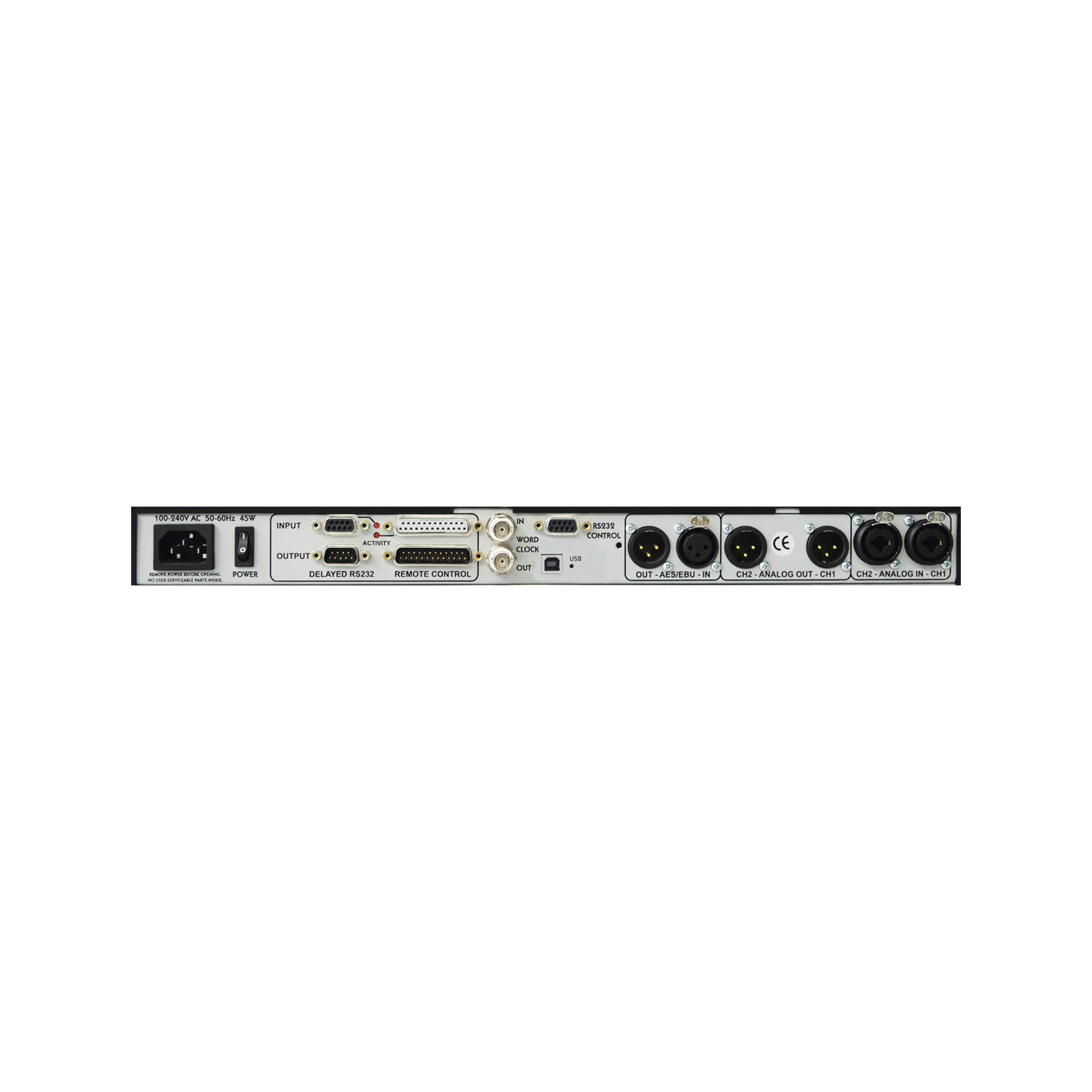The Eventide BD600E+ is a game - changer in the broadcasting industry. It offers an amazing 80 seconds of top - quality, revenue and license - protecting audio delay, double that of other delays. You can easily customize the delay buffer length from 4 seconds up to the full 80 seconds. The dump feature can be set in 1/2 - second increments, maxing out at 10 seconds. Each press of the DUMP button deletes just one segment. For instance, with an 80 - second delay buffer set for 8 - second dumps, you get ten separate segments. Pressing the DUMP button once removes one 8 - second part, leaving you with 72 seconds of delay protection. Even if there's more unwanted talk, another press still keeps you with over a minute of protection. The “sneeze” button is a genius addition. It lets the host sneeze, cough or make a quick comment without it going on - air, and no dead air. Your station simply can't operate without this safety net. With the BD600E+, you'll never have to worry about running out of delayed memory. Key features include a micro - precision delay mode for HD synchronization, USB remote control, a “Panic” mode for WAV file playback during delay rebuild, 24 - bit AES/EBU digital I/O with optional wordclock sync, 24 - bit analog XLR I/O, user - defined “dump” length segmentation, and much more. Specifications cover a wide range, from analog and digital I/O details to power requirements, dimensions, and weight.

Using the Eventide BD600E+ is quite straightforward. First, set up the delay buffer length according to your needs, anywhere from 4 to 80 seconds. You can adjust the dump length in 1/2 - second increments up to 10 seconds. When something inappropriate is said, just press the DUMP button to remove a segment. The “sneeze” button is handy when the host needs to make a quick noise. Just press it, and the audio won't go on - air. For the remote control, connect it properly and configure the inputs as you like. When it comes to power, make sure to use a 100 - 240 VAC, 50/60Hz power source. Keep the device in a clean and dry place. Don't expose it to extreme temperatures or humidity. Regularly check the connections to ensure they're secure. Also, if you need to update the software, use a Type I or Type II Compact Flash card. And remember, if you have any issues, refer to the detailed user manual that comes with the device.